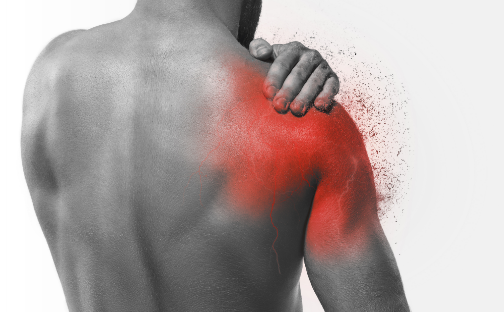Shoulder pain is a widespread issue that can disrupt even the simplest daily tasks. Often caused by rotator cuff injuries, overuse, or arthritis, it can make reaching, lifting, or even sleeping uncomfortable. Dr. Jason Pirozzolo, a leading expert in musculoskeletal health, emphasizes the importance of physical therapy recommendations and daily activity adjustments for managing and relieving shoulder pain. “Addressing shoulder pain early can prevent chronic problems and help restore full function,” says Dr. Pirozzolo.
Most importantly, physical therapy plays a pivotal role in shoulder recovery. Dr. Pirozzolo explains that targeted exercises strengthen the muscles surrounding the joint, improving stability and reducing strain. Key exercises such as pendulum swings, internal and external rotations with resistance bands, and scapular retractions are highly effective. “Start with gentle movements,” he advises, “and gradually increase intensity as your strength builds.” Consistency is key, as skipping sessions can slow progress.
Besides that, adjusting daily activities can significantly reduce pain. Many individuals unknowingly exacerbate their shoulder issues by maintaining poor posture or performing repetitive overhead motions. Dr. Pirozzolo recommends keeping your shoulders relaxed and ensuring your workstation promotes a neutral posture. Avoiding prolonged overhead activities and lifting objects close to your body also helps minimize strain. “Small tweaks in how you move and work can make a big difference,” he adds.
Ice and heat therapy can be effective for immediate relief. Ice reduces inflammation and numbs sharp pain, while heat relaxes tight muscles and improves blood flow. Dr. Pirozzolo suggests alternating between the two, depending on your symptoms. Therefore, combining these therapies with stretching can accelerate healing and prevent stiffness.
Weight management is another critical factor. Carrying excess weight places additional stress on joints, including the shoulders. A balanced diet rich in lean proteins, whole grains, and anti-inflammatory foods, such as berries and nuts, supports joint health. Dr. Pirozzolo explains, “Nutritional choices impact recovery. Fueling your body correctly aids healing and overall well-being.”
For individuals with chronic shoulder pain, ergonomic changes at home and work can provide relief. Dr. Pirozzolo highlights the importance of using tools with padded grips and rearranging frequently used items to minimize reaching. “The goal is to create a shoulder-friendly environment that reduces repetitive strain,” he states.
Because rest is essential for recovery, it’s important to avoid activities that worsen pain. However, prolonged inactivity can lead to stiffness and weakness. Striking the right balance between rest and movement is crucial. Dr. Jason Pirozzolo encourages patients to “listen to their bodies and progress at a comfortable pace.”
For more persistent or severe cases, treatments such as corticosteroid injections or platelet-rich plasma (PRP) therapy may provide relief. These options target inflammation and promote healing, often complementing physical therapy efforts. However, Dr. Pirozzolo cautions against viewing these as standalone solutions. “Injections should supplement, not replace, foundational treatments like exercise and activity modification,” he advises.
Mental health is equally vital in managing chronic pain. Prolonged discomfort can lead to frustration or anxiety, which may intensify symptoms. Incorporating mindfulness practices, such as meditation or deep breathing exercises, can help patients manage stress and stay motivated during recovery. “Healing is a holistic process,” Dr. Jason Pirozzolo explains. “Addressing both physical and mental aspects leads to better outcomes.”
Dr. Pirozzolo emphasizes that prevention is always better than treatment. Warming up before exercise, avoiding heavy lifting without proper form, and maintaining shoulder flexibility can all reduce the risk of injury. Strengthening the rotator cuff and surrounding muscles with preventative exercises should be part of any fitness routine. “Proactive care keeps your shoulders strong and pain-free,” he states.
By following these strategies, you can regain shoulder strength, reduce pain, and improve quality of life. As Dr. Jason Pirozzolo says, “Recovery is a journey. With dedication and the right guidance, achieving a pain-free life is possible.”
For expert advice on sports and orthopedic injuries, recovery strategies, and cutting-edge treatments, follow Dr. Jason Pirozzolo for insights into the latest developments in sports medicine and orthopedic medicine. You may also visit a Key West orthopedic clinic for more information.
Check out the video here: https://youtu.be/OsZZMcl1EGU

